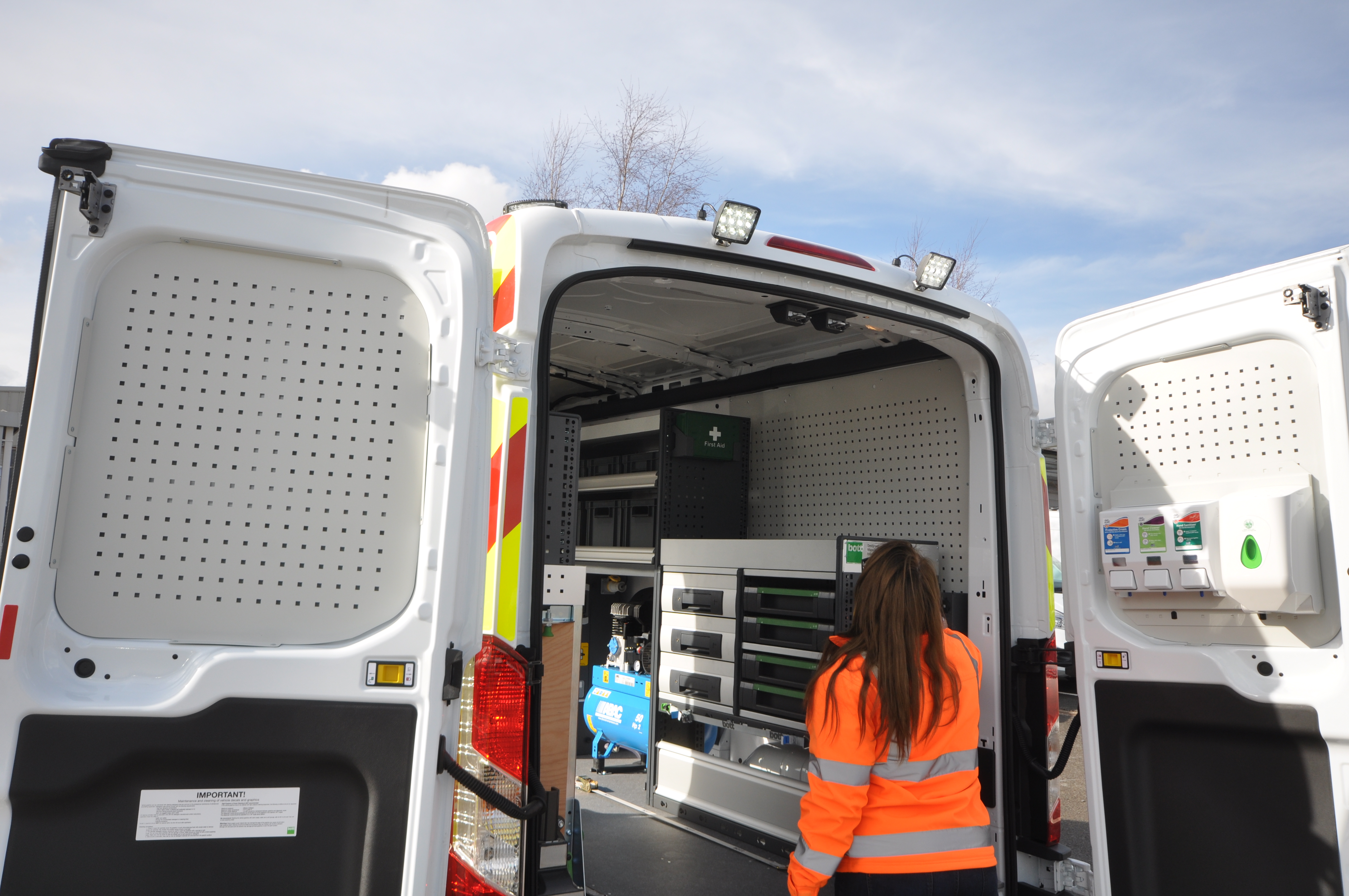
With a lot of talk in the manufacturing sector about digitalisation and how Industry 4.0 will create the Smart Engineers of the future, it is now more important than ever that the principles of Industry 4.0, that already include the power systems sector, are translated to the wider plant industry.
When we look at the plant sector there are already examples of where it is following the core principles of Interoperability, Information transparency, technical assistance and decentralised decisions, highlighted by Industry 4.0.
This is particularly the case when we look at interoperability, which is the ability of machines, devices, sensors, and people to connect and communicate with each other via the Internet of Things (IoT) or the Internet of People (IoP).
Put more simply, it is all about connected communications, IT, data and physical elements. And it is the interaction of people with technology that the sector needs to be working hard on. With more assets being connected each day, there is a continuously growing wealth of information on the health, productivity and trending performance of assets.
For example, across the UK & Ireland, we now have over 10,000 customer assets connected to our Finsight engineering led monitoring team, through the Caterpillar Product Linkäsolution. These Caterpillar and other OEM assets that we monitor, are talking to us every day and the key to having a productive conversation with them, is through turning data into useful information.
Analysing this information also helps to better interact with the assets. It is this interaction between individuals and assets that is at the heart of where the plant sector needs to develop its plant version of Industry 4.0.
Where technology drives change, its success is dependent on the internet of people that use it and the capabilities they possess. This is especially important when we look at the individuals that are responsible for keeping plant operating, the engineers of today, who need the continuous development and upskilling to become the engineers of the future.
With an industry-wide shortage of engineers and an aging demographic, it is imperative that we give these individuals the right connected tools to do the job and the right training to support the transition to the smart engineers of the future.
An engineers viewpoint
Engineer, Heidi Perry has been part of a team that has inputted into a new mobile fleet and workwear programme for Finning. She said: "For me smart engineering is all about having the right training, tools and technologies that can help me perform maintenance or repair work more effectively.
With advances in wearables and handheld connectivity solutions, I can really see how my world is going to change. I am definitely looking forward to our latest push into being more connected.
So what is smart all about?
“What smart means to me, is the industry having teams that can optimise the performance of an asset, deliver more first time fixes in the field and increase the uptime available to end-users, with the ultimate aim of making these businesses more profitable.
In order to do this as an industry, we need highly trained and competent individuals, that have a clear focus on safety and the right tools for the job. This means that ideally, by using information from a connected asset, they will be able to determine what parts and tools will be needed for the first time fix. Help the end-user to either order them through a portal like parts.cat.com, or pick them up from a branch and have the relevant power tools to safely fit them when they get to site.
This is why handheld connected devices are so important, as information on each asset can be digitally transferred to the engineer, with the individual also able to use relevant and a growing number of applications to perform onsite diagnosis.
Where we see phones, computers and tablets performing these functions today, we will see wearables delivering them tomorrow. But for me it all starts with attracting the talent in the first place and giving individuals the opportunities to develop themselves though a clear career path.
Where we need to be smart, we also need to be practical, giving the smart engineer tried and tested tools that have a positive impact on performance, whilst ensuring they have their input at each stage in the ever changing road to the smart engineers of the future.